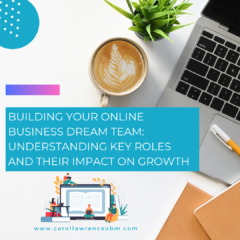In the old media world, customers rarely interacted with a company’s marketing campaigns. Radio commercials, TV, print media, and billboard advertising may have featured a call to action or phone number, but they rarely demanded active participation. In the new media world, engagement and interaction is often a marketer’s top priority.
One way to accomplish this goal is by employing gamification marketing techniques. This involves creating a contest, a raffle, or a game of some sort that gets your customer base to compete with each other for prizes. Studies show gamification strategies can increase brand engagement metrics by 100-150%.
Yet for all the potential benefits, the concept of gamification is still relatively new to many marketing directors. So how does this strategy actually work in the real world? Here are three examples of gamification strategy in action.
-
- McDonalds Monopoly
A seasonal marketing stunt that dates back to 1987, the McDonald’s Monopoly game is one of the most successful examples of gamification in corporate history. This popular marketing campaign involves two iconic American brands: Monopoly (Hasbro) and McDonalds. Little pieces of paper attached to specific food and drink purchases represent properties on the Monopoly board. Profits often spike during this promotion, sometimes by as much as 6%. Perhaps the reason for its popularity is the combination of a universally known game with the most widely known name in fast food. There is certainly no question that gamification has worked here.
- McDonalds Monopoly
-
- Free Pickup Truck
There are so many web banner ads that say ‘click here for a chance at a free ___’, and while there are legitimate contests with winners, that isn’t exactly the point. The cost of a single pickup truck to Ford or Chevy is negligible compared to the sheer volume of customer contact information they now have access to. Employ this same strategy in your own business, and you’ll find email marketing and lead tracking so much easier. Plus, it will give your public image a boost!
- Free Pickup Truck
- Loyalty Programs
This might not seem like a gamification strategy, but it is. Loyalty programs, like punch cards or accumulating points, reward customers for their loyalty, and make them feel as if they are building up to something super special. VIP clubs within a business have the extra psychological boost of exclusivity and belonging.
Using gamification to your business’s advantage is immensely important. You can increase revenue, brand engagement, number of customers, number of customer emails, boost public image, and even catalyze customer loyalty. Consumers these days don’t just buy products, they buy the business. Gamification is an excellent way to make consumers fall in love with yours.









